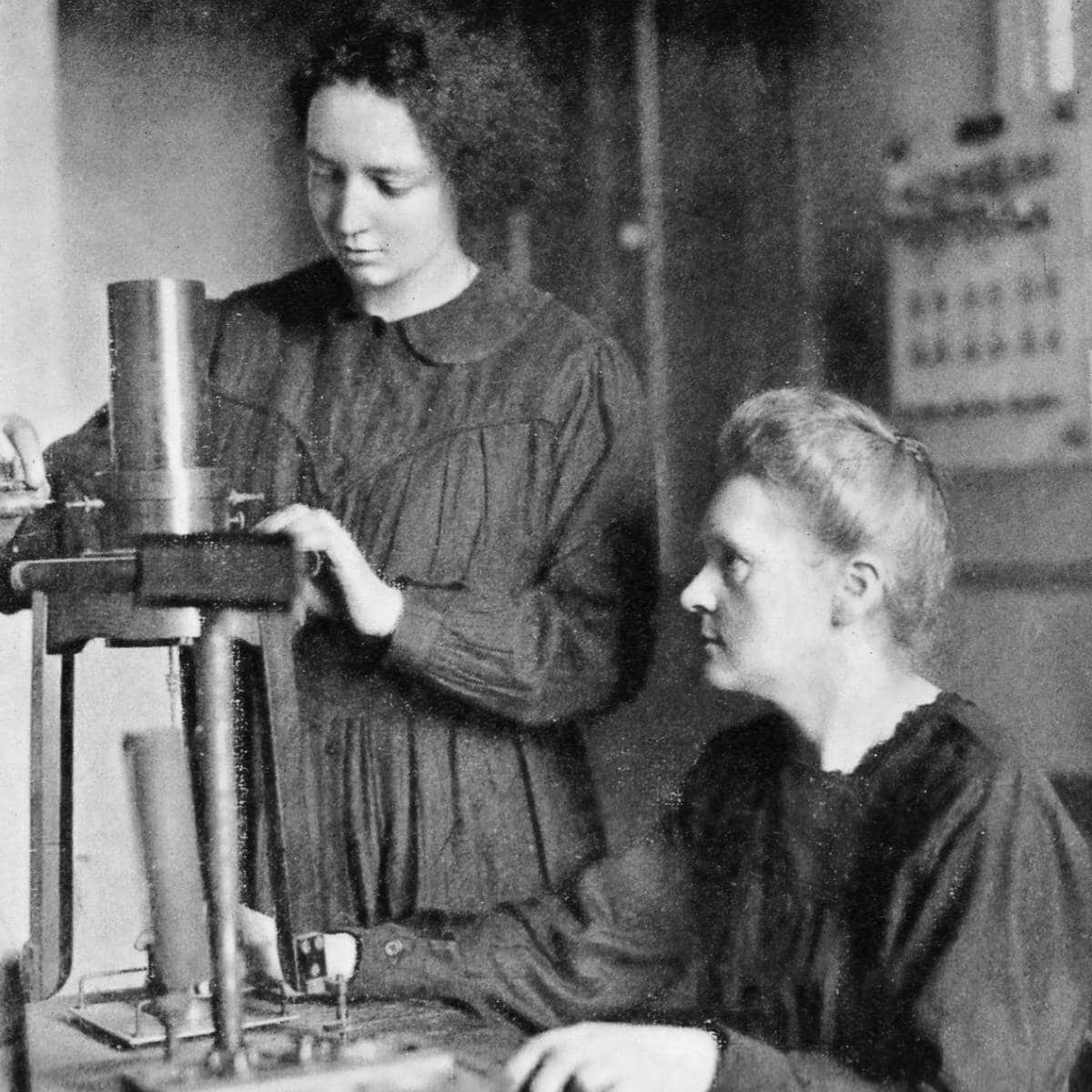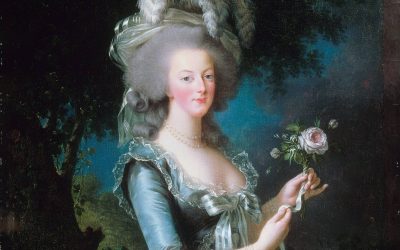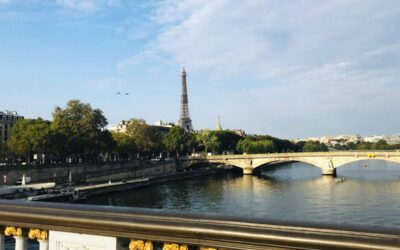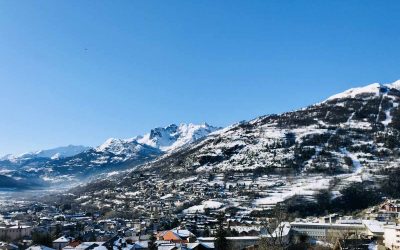The name Marie Sklodowska-Curie has today become synonymous with science and research. Not just in France and her native Poland, but throughout the world.
Her accomplishments are certainly astonishing. She was the first woman to win a scientific Nobel Prize, and the only person to date to win in multiple sciences. Incredibly impressive, especially considering that she lived in a time when science was dominated by men, and women were rarely admitted into universities.
But there is more to Marie Curie than the awards she won. She was a woman close to her family, passionate about both her countries, and determined to do good in the world. All set in an era where war was breaking out, and tragedy was all around.
So here are some fascinating and interesting facts about Marie Curie, from her family life, her work, her friendships, and how she became one of the greatest scientists and inventors of all time. Allons-y!
| Quick facts | |
|---|---|
| Full name: | Maria Salomea Skłodowska, married name: Marie Curie |
| Birth: | 7 November 1867 in Warsaw, Poland |
| Death: | 4 July 1934 at age 66 in Passy, France |
| Parents and siblings: | 5th child of teachers Bronisława Boguska, and Władysław Skłodowski |
| Marriage and kids: | Pierre Curie (m. 1895 – died 1906), two daughters |
| Famous for: | research on radioactivity, being the first woman to win a Nobel Prize, and the only person to have won Nobel Prizes in two different scientific fields. |
1. She was born in 1867 in Poland.
Maria Salomea Skłodowska was born on the 7th of November in 1867, in Warsaw, Poland. At the time, the Kingdom of Poland was part of the Russian Empire.
The Russians had been gradually expanding westward following the defeat of Napoleon Bonaparte in 1812, eventually absorbing Poland and much of Eastern Europe. This made life very difficult for the Skłodowska family.
2. Her parents were teachers.
Marie Curie’s father, Władysław Skłodowski, taught mathematics and physics and was the director of a secondary school, while her mother Bronisława (née Boguska) operated a prestigious Warsaw boarding school for girls.
Her parents were nationalists, hoping to restore Poland’s independence from the Russian Empire. During Russian reprisals, Maria’s family lost their jobs and most their property, leaving the family quite improvished.
3. She was the youngest of 5 siblings.
Marie was the youngest of 5 siblings, each of whom would be successful in their own right:
- Zofia – sister born 1862, died at 14 of typhus.
- Józef – brother born 1863, became a doctor.
- Bronisława – sister born 1865, became a doctor.
- Helena – sister born 1866, became an educator and activist in Poland.
4. Her elder sister Bronislawa led the way for her to move to Paris.
It would be her elder sister Bronislawa who would move to Paris first at the age of 19 to study medecine at the Sorbonne University.
She and Maria made an agreement that Maria would help her out financially while Bronislawa was studying in France, in return for her returning the favor when it was Maria’s turn to go to university.
Maria took a position as governess at the age of 16 to support her sister, who would in turn faithfully keep her word and invite and support Maria in Paris.
5. She moved to France because there were no scientific schools in Poland accepting women.
Marie Sklodowska moved to Paris as a young woman to enroll in physics at the Faculty of Sciences in Paris. She was one of 27 women among 700+ men.
In the beginning, even she suffered from imposter syndrome:
All my mind was centered on my studies, which, especially at the beginning, were difficult. In fact, I was insufficiently prepared to follow the physical science course at the Sorbonne, for, despite all my efforts, I had not succeeded in acquiring in Poland a preparation as complete as that of the French students following the same course.
She would eventually adapt to living in France, and graduate with her license.
6. She met and married a fellow physicist, Pierre Curie.
It was during her studies that she met her husband, a French physicist named Pierre Curie. Together, they would identify radioactive isotopes and develop the theory of “radioactivity”.
After graduation, Marie Curie briefly returned to Poland to her family, but decided to come back when Pierre asked her to marry him. They would get married in his hometown of Sceaux, on July 26, 1895 when she was 28.
7. The Curies worked with another famous physicist, Henri Becquerel.
Born in Paris into a wealthy family which produced four generations of physicists, Henri Becquerel is best known for discovering radioactivity in 1896, along with the Curies, while working with phosphorescent materials.
These materials glowed in the dark after exposure to light, and he soon found from experiments that there was a form of invisible radiation that could pass through paper.
Marie and Pierre Curie and Henri Becquerel shared the 1903 Nobel Prize in Physics for their pioneering work developing the theory of “radioactivity”.
They would go on to conduct many experiments, writing papers about their discoveries of the elements polonium and radium.
8. Her husband died at the age of 46.
The Curies were known to have a happy marriage, and for their devotion to each other. Both were exposed to extensive doses of radiation while conducting their research, but Pierre Curie actually died in a street accident.
On 19 April 1906, while crossing the busy Rue Dauphine in Paris, he slipped and fell under a heavy horse-drawn cart.
9. She was involved in a love-scandal.
Marie Curie would never marry again, although in her grief, she did have a rather scandalous affair with her younger, married associate, Paul Langevin.
Love letters were stolen from their Paris pied-à-terre, with Langevin’s angry wife threatening to expose their affair. The letters were eventually published in newspapers in France, almost overshadowing the news that she was about to win another Nobel prize.
10. She would win the 1911 Nobel Prize in Chemistry.
Marie Curie would go on to also win the 1911 Nobel Prize in Chemistry individually, after the death of her husband, making her the first person to win in two different fields.
11. She donated her Nobel prize money during WWI.
When WWI broke out, Marie Curie tried to donate her gold Nobel Prize medals to the war effort. The French National Bank refused to accept them, so instead she used them to buy war bonds to support the war effort.
12. She developed ambulances with X-rays to save lives.
Beyond donating her prize money, Marie Curie used her knowledge of radiology to build x-ray machines that could be mounted in mobile ambulances so that soldiers could get medical aid as quickly as possible from the battlefield.
She trained hundreds of female x-ray radiologists, including her then 17-year-old daughter Irène. Their work to locate more precisely the location of shrapnel and bullets for surgery saved thousands of lives.
13. She founded the Curie Institute in Paris and in Warsaw.
In 1920 she founded the Curie Institute in Paris, as well as one in Warsaw, Poland which today remain major centres of medical research.
Her sister Bronislawa became the co-founder and first director the Curie Institute in Warsaw (also called the Maria Skłodowska-Curie Institute of Oncology).
14. She did not patent her work.
Marie Curie intentionally did not patent the radium-isolation process, so that the scientific community could continue to research.
Instead of accepting money or awards, she asked for them to be given to the scientific institutions she was working with, funding further experiments and studies.
15. She was friends with Albert Einstein.
Both being of Polish backgrounds, Marie Curie often discussed her work with Albert Einstein. They became good friends, vacationing together with their children in the summer of 1913.
He reportedly said that she was probably the only person who could not be corrupted by fame.
16. She died of radiation exposure in 1934.
Marie Curie died at the age of 66 in 1934 of aplastic anemia and radiation exposure.
All her papers and even her cookbooks are still considered too dangerous to handle because of their levels of radioactive contamination.
17. Marie and Pierre Curie are buried at the Pantheon in Paris.
Both Marie and Pierre Curie were initially buried in the town of Sceaux in his family cemetery, before being moved in 1995 to the Pantheon in Paris.
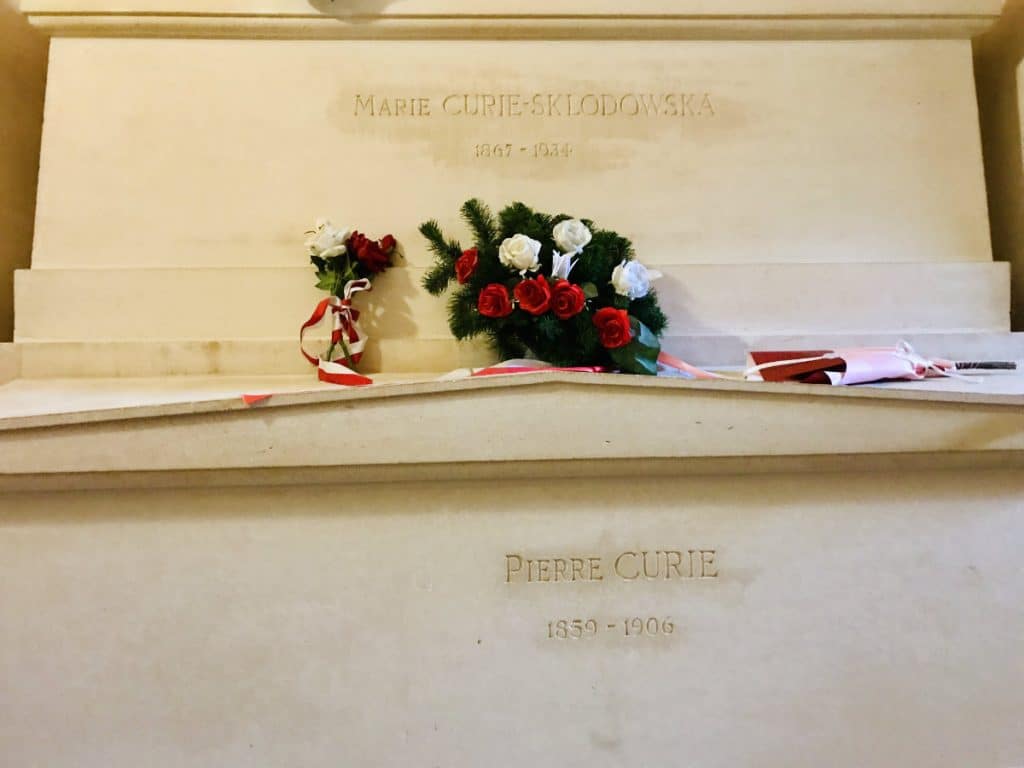
Today, Marie and Pierre Curie they lie in tombs lined with lead as their bodies are still radioactive.
18. Her daughter, Irène Joliot-Curie, also won the Nobel prize for chemistry.
Their daughter, Irène Joliot-Curie, also won the Nobel prize for chemistry in 1935 together with her husband Frédéric Joliot-Curie.
Her husband Frédéric was mentioned in Albert Einstein’s 1939 letter to President Roosevelt as one of the world’s leading scientists on nuclear chain reactions.
At the time of the Nazi invasion in 1940, the couple managed to smuggle their working documents and materials to England and during the French occupation.
Frédéric was known to have taken an active part in the French Resistance as a member of the National Front (a Communist movement). They created the “Joliot-Curie Cocktail”, which were used against German tanks in WWII.
Both died from exposure to polonium and X-rays, the same as Marie Curie.
19. Her 2nd daughter, Eva Curie, wrote a book about her.
Her younger daughter Eva was one of the few in the family who would not work in the field of science.
Instead, she became a writer, pianist, and a diplomat. During WWII, she was based in the U.S. as a journalist, advocating for the Free France movement.
Eva Curie would write a biography about her mother called Madame Curie, which became a worldwide best seller in 1938, and in turn a film released in the United States in 1943. It would only be released in France after the war in 1947.
20. Four Nobel prizes in the Curie Family.
In total, the extended Curie family has won 4 Nobel prizes:
- Marie and Pierre Curie (with Henri Becquerel), Nobel prize for Physics in 1903,
- Marie Curie, Nobel prize for Chemistry in 1911,
- Irène and Frédéric Joliot-Curie (daughter and son-in-law), Nobel prize for Physics in 1935,
- Henry Richardson Labouisse, Jr. (American married to Eva Curie), Nobel prize for peace on behalf of UNICEF in 1965.
21. She remained attached to her Polish homeland.
Marie Skłodowski became a naturalized French citizen when she married Pierre Curie, but remained very attached to her homeland.
She taught her daughters Polish language and took them to Poland several times, having extended members of her family there. She chose the name of the chemical element polonium in tribute to Poland.
22. There are several buildings and monuments named after her in France.
There are over 360 schools in France named after Marie Curie, including Collège Pierre et Marie Curie in the Yvelines, as well as several others in her native Poland.
Along with university buildings, postage stamps, and streets in France, there is no shortage of monuments around the world named after her. Other items include:
- The curie (symbol Ci), a unit of radioactivity, is named in honour of her and Pierre Curie.
- The element with atomic number 96 was named curium.
- Three radioactive minerals are named after the Curies: curite, sklodowskite, and cuprosklodowskite.
- The 7000 Curie asteroid is named after her.
- Her face has appeared on banknotes, stamps and coins around the world, including the French franc and Polish Zloty.
In Paris, the Pierre et Marie Curie metro station is on line Line 7 in Ivry-sur-Seine, just outside the border on the south-east end.

An amazingly impressive woman, wasn’t she!? If you enjoyed that article, you may like to read more about other famous French inventors here. A bientôt!
